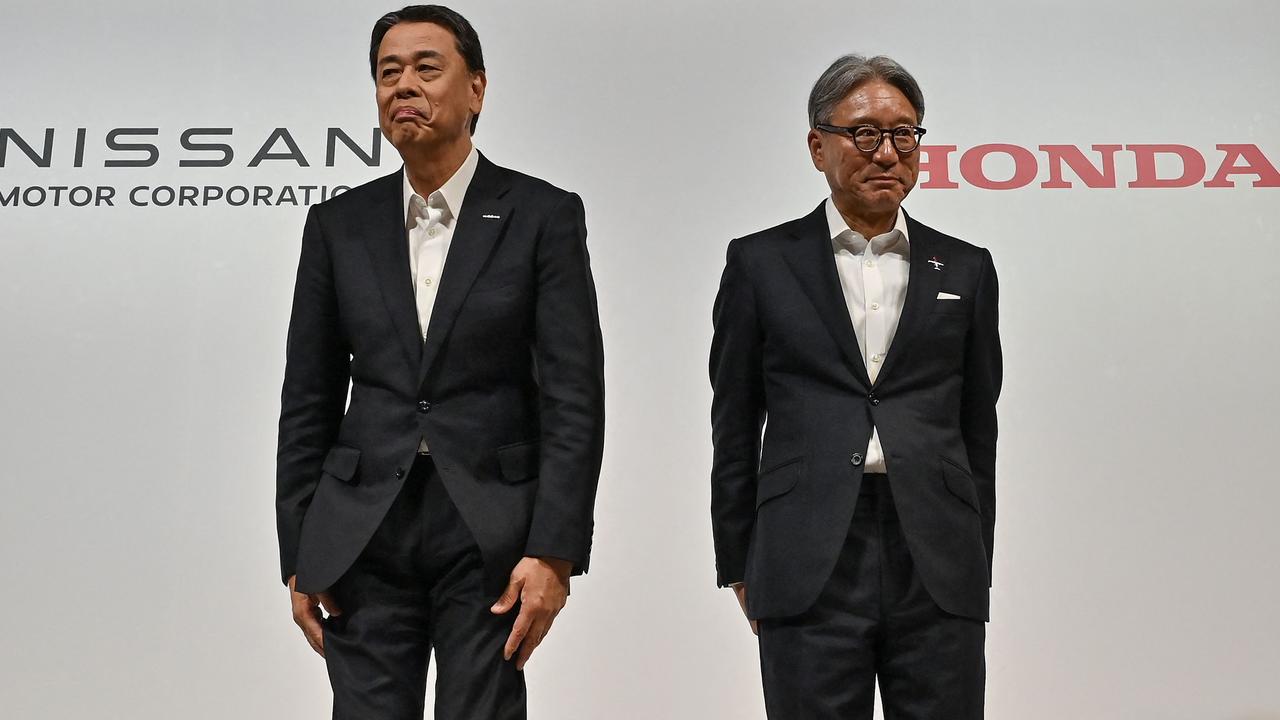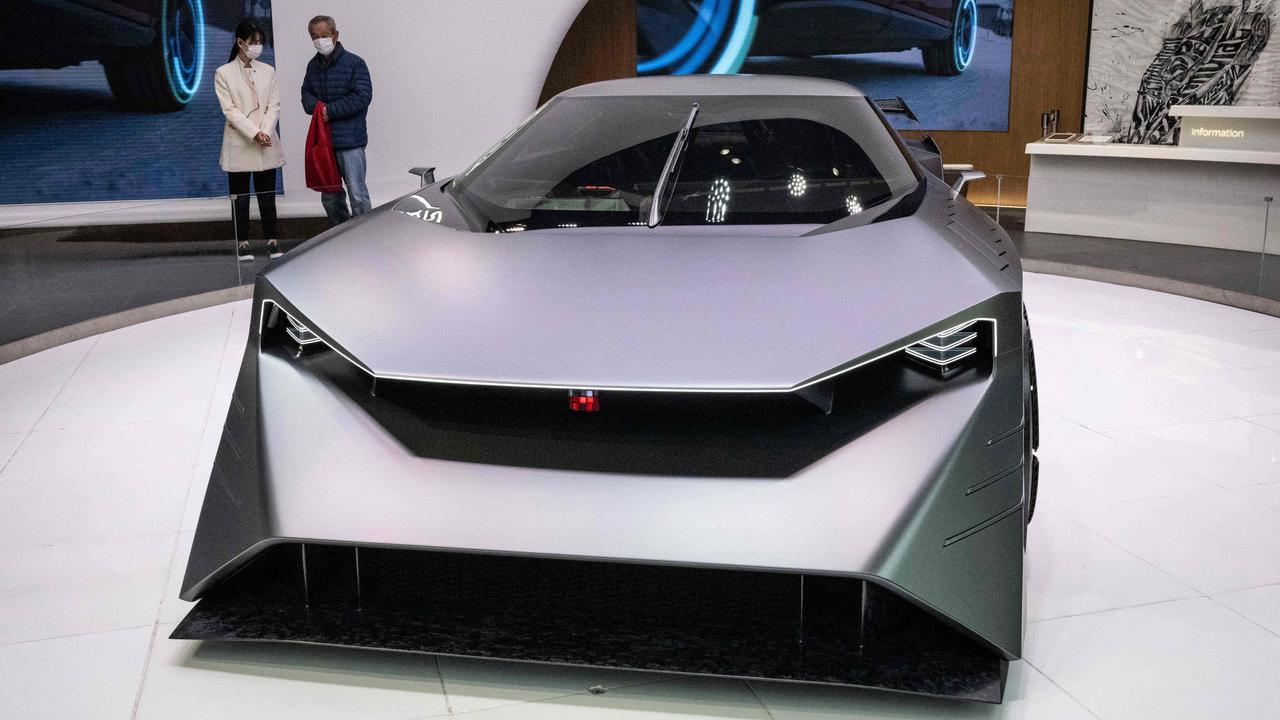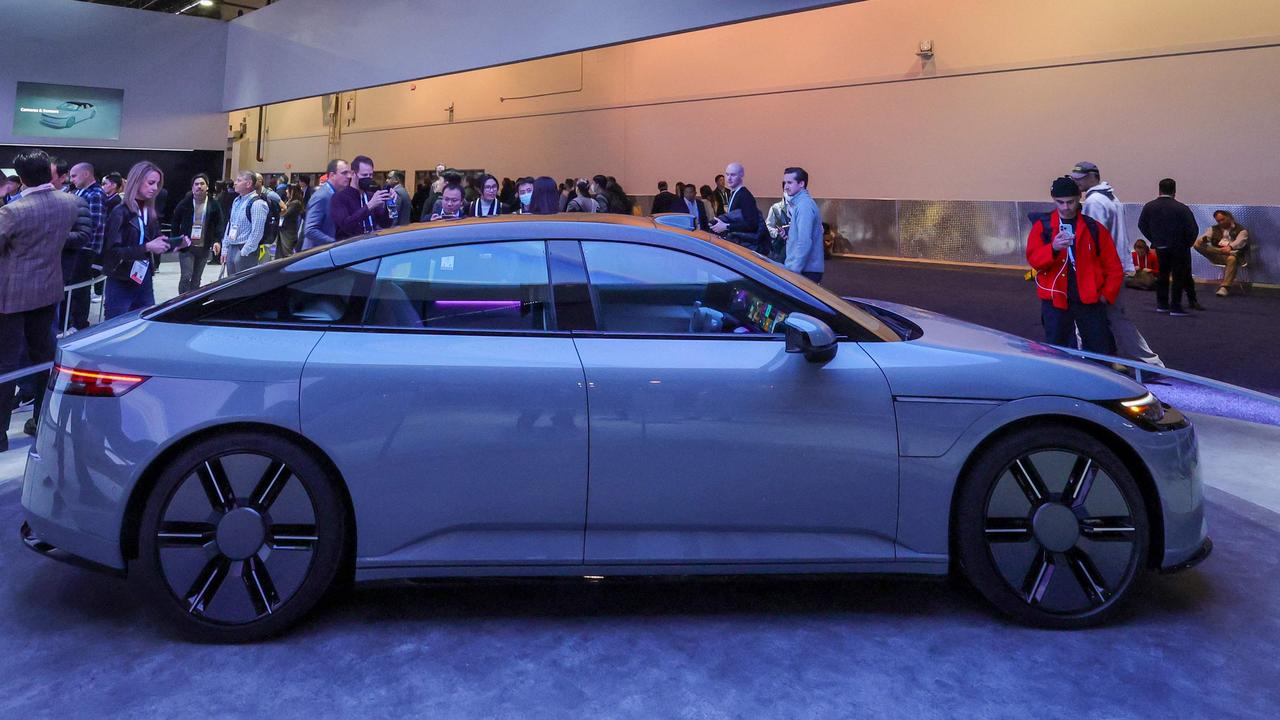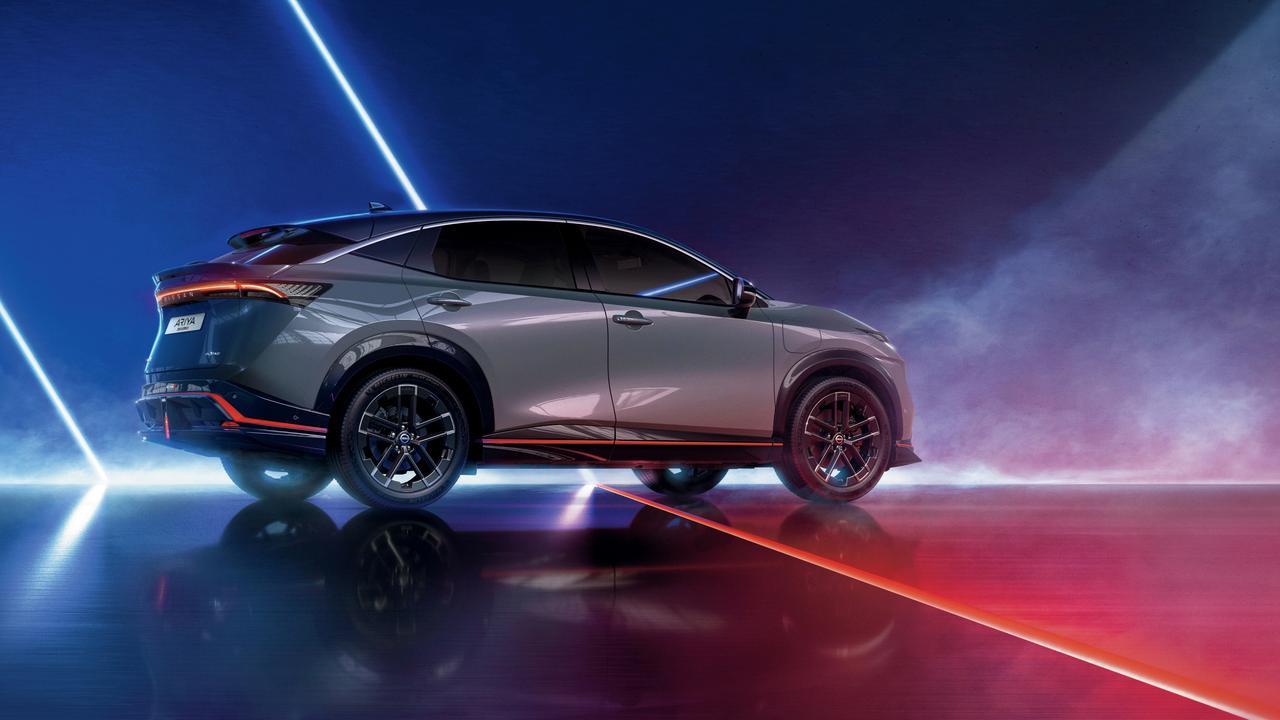Comment: Why Nissan’s break-up is not heartbreaking
A merger between two of Japan’s car brands was meant to save an icon. The failed talks are really a blessing in disguise, writes David McCowen.
COMMENT: Being single on Valentine’s Day can be tough, but Honda and Nissan won’t lose sleep over this week’s split.
The automotive giants formed an uneasy union in December, that, rumour has it, was arranged by the Japanese government to protect a troubled icon.
Nissan has not been shy about its financial peril, telling shareholders last year it needed to slash costs, jobs and production numbers to shore up its future.
MORE: ‘Unacceptable’ merger between Honda and Nissan scrapped

Company insiders went further, shocking the car industry by suggesting that Nissan would only last 12 months without drastic action.
So Honda swept in to save the day, in what former Nissan boss described as “a desperate move”.’
Business pages transformed into gossip sections as whispers emerged of both partners being less than satisfied by the proposal.
Reportedly, Honda saw Nissan as the weaker element and insisted on being in charge of the household, running the boardroom and finances.
MORE: Nissan claims it is ‘here to stay’
But the companies couldn’t agree on terms for a merger that required compromise from both parties.
It’s possible that the companies played chess rather than checkers, with Honda leveraging Nissan’s pride to back out of a bad deal, giving Nissan the opportunity to broadcast its need for investment and desire to wriggle out of a tense alliance with Renault.
The short-lived merger gives both brands licence to pursue their own agenda, without having to seek approval from the other party.
MORE: Foxconn looms as Nissan investor

If Nissan wants to spend a stack of money on a futuristic-looking GT-R with solid-state batteries feeding a megaWatt worth of electric motors, they won’t have to go cap-in-hand to Honda to do so.
Equally, if Honda chooses to go all-in on its Afeela partnership with Sony or pursue traditional Nissan territory – such as the four-wheel-drive Navara or Patrol – they won’t need to ask for permission.

Creatively, the companies are better apart.
But financially, they might have been better together. Nissan’s traditional competition – brands such as Toyota, Mazda or Ford – have been joined by a fresh troupe of Chinese rivals such as BYD, MG, Deepal, XPeng, Zeekr and Leapmotor. Able to build EVs at a price and scale Nissan can’t match, emerging competitors are set to take an enormous bite out of the pie that is the new car market.
Companies such as Nissan will have to find a way to maximise every dollar – either by stretching them further through partnerships, or by pushing prices higher in search of profitability.
The latter might be hard for Nissan, which has struggled to make luxury brand Infiniti work. It’s also losing relevance on the electrification front.
The ageing Nissan Leaf – a true pioneer for mass produced EVs – is largely ignored by customers in favour of fresher metal.

And the Nissan Ariya, a four-door rival to Tesla’s Model Y, is conspicuously absent from local showrooms nearly five years after its 2020 debut.
Good news is around the corner in a new Patrol SUV and Navara ute.
And the brand’s electric car division is ready to go after the likes of Tesla by turning over a new Leaf.
But it will need help to do so.
Originally published as Comment: Why Nissan’s break-up is not heartbreaking



